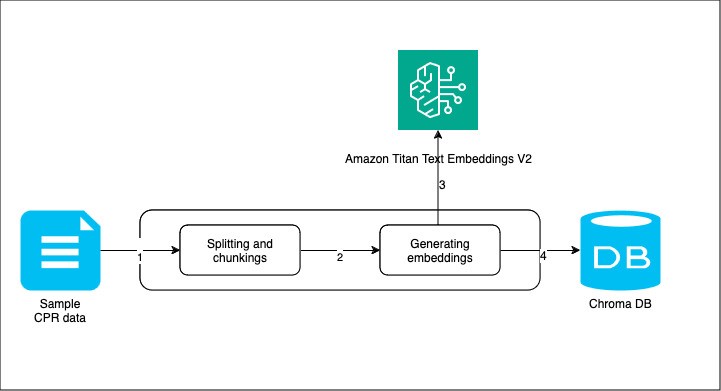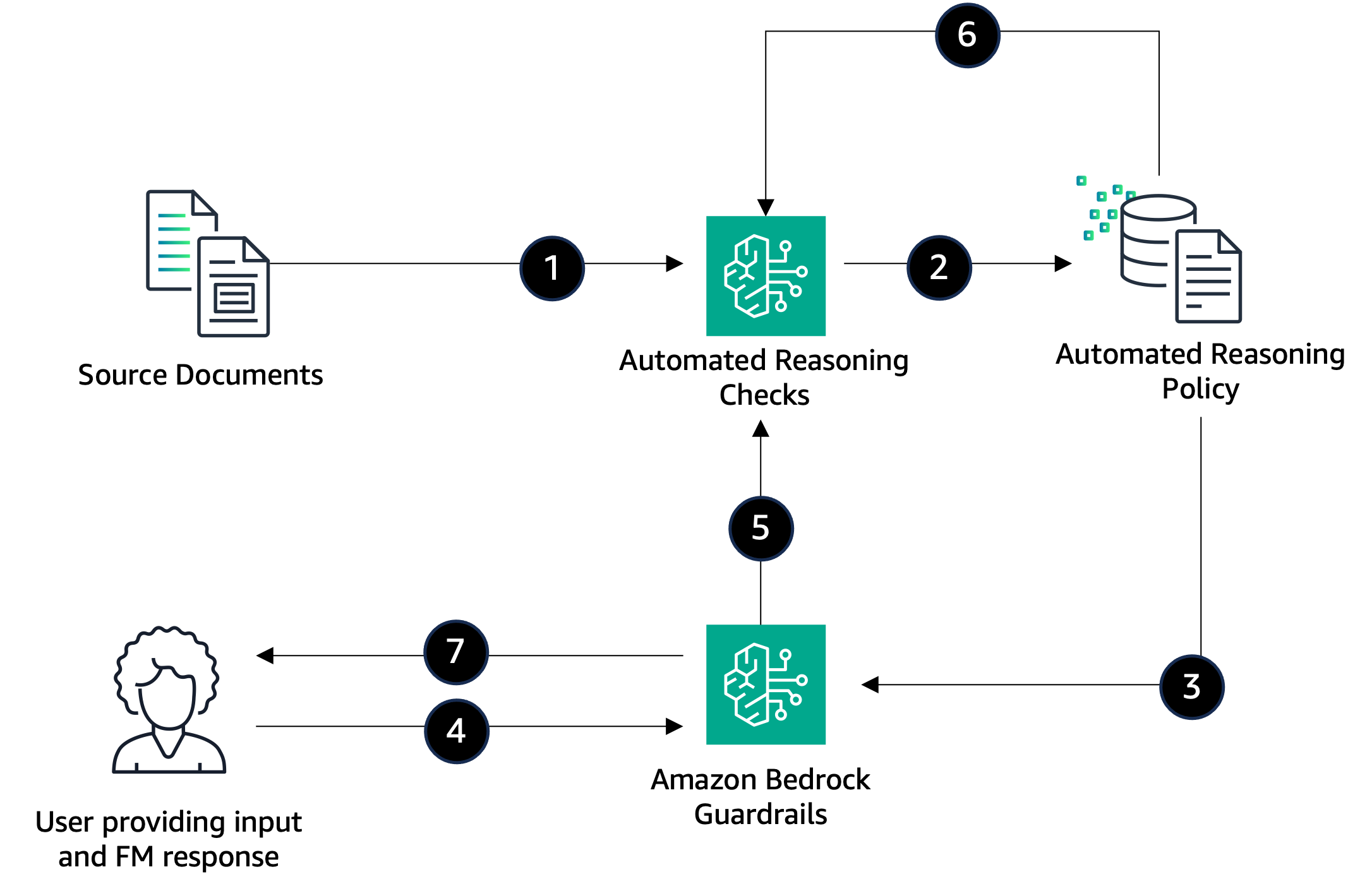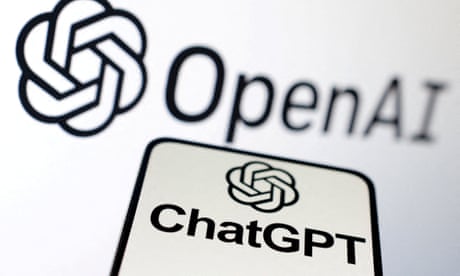Data-driven applications benefit from generative AI models like large language models (LLMs), which can create synthetic data across various media formats and business domains. ABC Bank uses advanced RAG with LLMs to assess counterparty risk in OTC derivatives, addressing challenges in data bias and model accuracy.
NVIDIA partners with ASL organizations to develop Signs, an interactive platform for ASL learning and AI applications. Users can access a validated library of ASL signs and contribute to a growing dataset for building accessible technologies.
Verisk utilizes generative AI to enhance insurance client operations and profitability. PAAS AI provides interactive support for premium auditors, improving efficiency and decision-making.
GeForce NOW celebrates 5th anniversary with Obsidian Entertainment's Avowed joining cloud library. Dive into Avowed's immersive fantasy world with GeForce RTX-powered gaming rigs in the cloud.
Anaconda environments can take up a lot of storage space, but techniques like cache cleaning and archiving can help reclaim memory. Learn how to reduce storage footprint with these memory management tips.
Humanoid robots trained on NVIDIA Isaac GR00T using synthetic data from OpenUSD are revolutionizing robotics. NVIDIA Omniverse streamlines training with large-scale motion data generation and simulation-first training.
LLM Codegen enhances Node.js API boilerplate with automatic module code generation based on text descriptions, including E2E tests and database migrations. The generated code follows vertical slicing architecture principles, ensuring clean and maintainable code with valid E2E tests.
Amazon launched SageMaker HyperPod on Amazon EKS, allowing efficient generative AI development with shared accelerated compute. Administrators can govern task allocation, prioritize projects, and optimize resource utilization for faster innovation.
Data scientists can benefit from using Containers to ensure stability and scalability of machine learning models and data pipelines. Containers are more flexible than Virtual Machines, sharing the host OS for faster, portable, and resource-efficient execution.
Multimodality in AI is transforming user experiences. BLIP-2 by Salesforce enhances visual-language alignment for improved reasoning tasks.
Data science projects now aim for production, requiring high-quality code. UV, a modern Python projects manager, simplifies dependency management, virtual environments, and project organization, claiming to be 10-100 times faster than traditional tools.
Foundational models (FMs) and generative AI are reshaping FSIs like NASDAQ and State Bank of India. AWS introduces Automated Reasoning checks for transparent, deterministic FM applications in regulated industries.
27 days, 1,700+ commits, 99.9% AI-generated code: A developer's experiment with Agentic Ai tools reveals challenges and limitations in building ObjectiveScope without direct code changes. Technical constraints and integration challenges highlight the complexity of AI-driven development beyond the marketing hype.
Architect of EU copyright law criticizes AI Act for favoring big tech over European creatives, urging legislation to address legal gap. Cultural organizations warn European Commission of draft rules undermining copyright protections, while writer highlights devastating loophole.
Dive into advanced Time Intelligence calculations in Power BI with a focus on efficiency and performance. Learn how to handle exotic scenarios like Leap years and Fiscal Week YTD using DAX functions and an extended date table.















